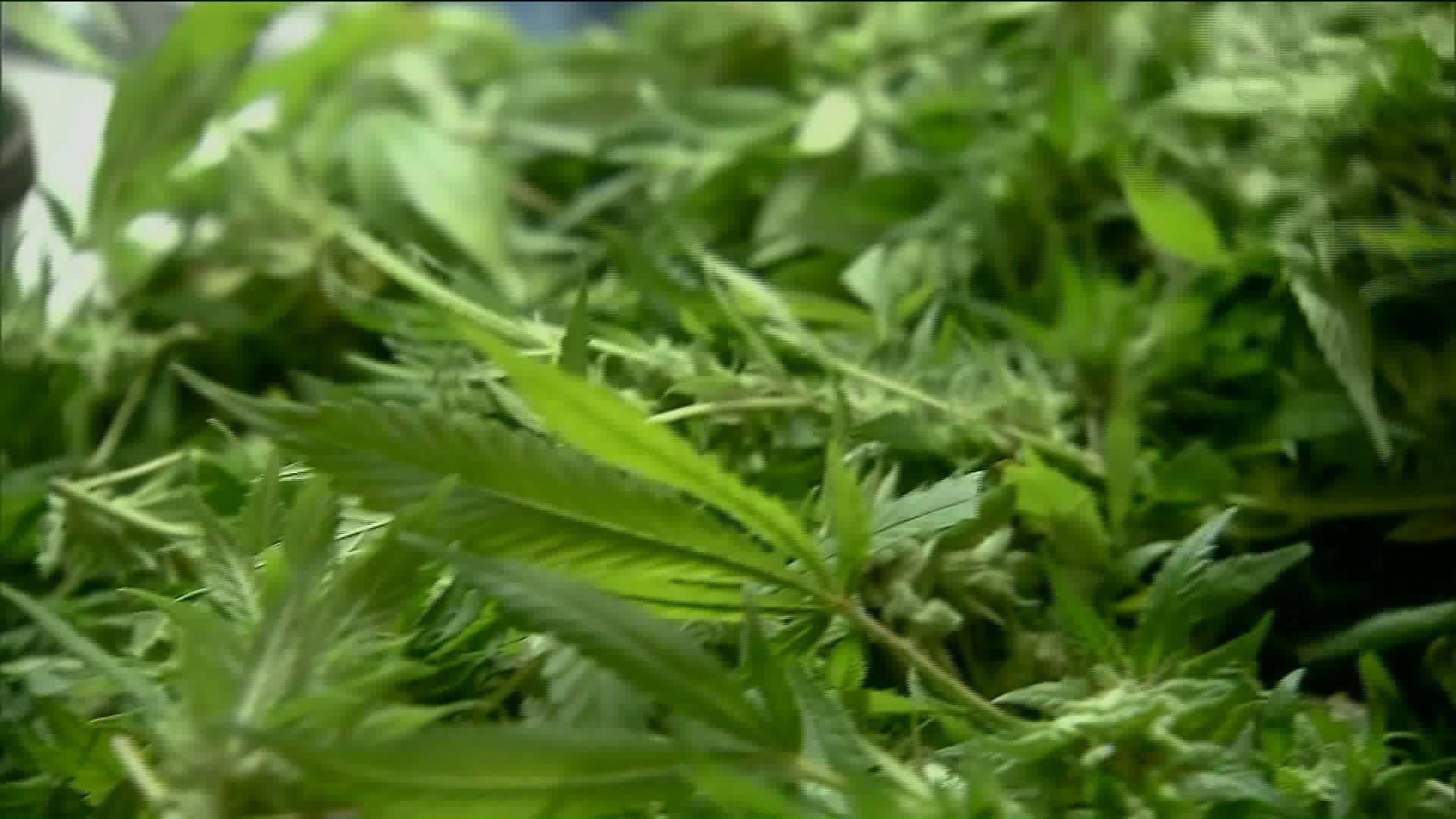HARTFORD -- A recent study by AAA looked at the drug tests of some drivers who had died in car crashes, and the results weren't good for Connecticut. 63 percent of those drivers had drugs in their system, compared to the national average of 43 percent.
Identifying a drugged driver takes a little more work than it does for a drunk driver, in part because there are so many types of drugs, and so little agreement on how much of each substance in the blood or other parts of the body constitutes impairment. However, Connecticut State Trooper Mark DiCocco said the identifying process starts the same way.
“It’s a culmination of things, so what the officer observed initially," he said. "Was there erratic driving, how they performed on the standardized field sobriety test?"
If an officer suspects that a driver is on drugs, the officer can make the arrest and then call in some expert help, the DRE, or Drug Recognition Expert. DiCocco said there are currently 31 DREs spread all throughout the state, with another 11 who will be added once their training is complete. DiCocco said every DRE undergoes a 40 to 60 hour field training process in Arizona to get certified.
DiCocco said DREs use a 12-step process to determine if a subject is on drugs, and the drugs are grouped into seven different categories based on their effects on the body. Alcohol and opioids, for example, are considered depressants, because they depress the central nervous system, and tend to exhibit similar symptoms.
“We’re looking for depressed respiration, constricted pupils, depressed heart rate, raspy voice. Things that slow down the body,” DiCocco said.
Amphetamines and cocaine are categorized as stimulants, and tend to have the opposite effect of depressants. DiCocco said cannabis is in its own category, and people who are high on that substance tend to exhibit a particular kind of symptom.
“What we’re looking for is whether or not the eyes are able to converge. When we see lack of convergence, where an eye, for example, may not be able to converge, it gives the DRE indicators of [cannabis] being on board," DiCocco said.
Officers will also get a blood or urine test to confirm that a particular drug is in the driver's system, and determine in what quantities, and if necessary, a toxicologist's professional opinion. Although there is still no consensus on how much presence of a particular drug is considered legally intoxicated, the whole body of evidence that's gatherers from traffic stop to blood test is often enough to secure a conviction.

